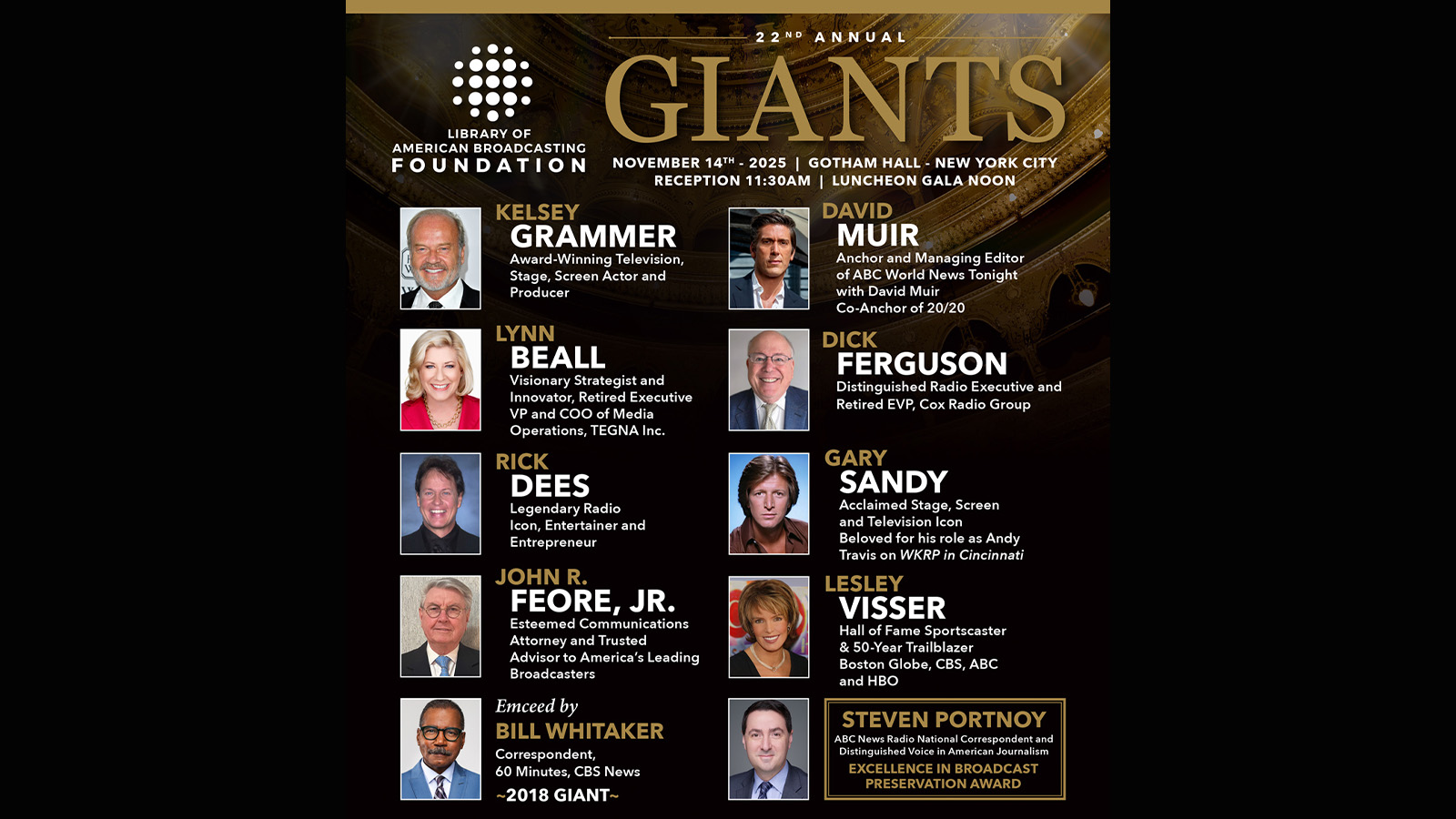The ACA's CALMing influence

The Commercial Advertisement Loudness Mitigation (CALM) Act proved to be a rarity of these polarized political times, drawing vast bipartisan support in sailing through Congress.
It seems that constituents on both sides of the aisle see eye-to-eye in their dislike of loud commercials on TV. After being signed into law by President Obama in December of 2010, all that remained was for the FCC to define the “rules of the road” for its implementation.
The specifics of those FCC rules were finalized on Dec. 13, when the Commission issued its Report & Order on the CALM Act. Broadcasters, program distributors and content producers now have one year from that date to reach compliance.
The American Cable Association (ACA) feels the FCC did well in its rulemaking, which had the potential to create regulatory burdens on its members.
“We thought that the FCC came out with a reasonable approach, particularly for smaller operators,” said Ross Lieberman, VP of Government Affairs for the ACA. “They provided for significant monitoring and spot-checks, but provided allowances to make sure that enforcement would not be an undue burden.”
One of the organization’s concerns prior to the FCC’s Report & Order being issued was the potential economic consequence for smaller cable companies, or MVPDs (multichannel video programming distributors). Many such operators act as nothing more than “pass-through” portals for the channels they carry, lacking both the equipment and expertise to measure and correct the loudness of embedded commercials. Making these small MVPDs liable for compliance was seen as an undue burden by the ACA, a point the organization drove home in meetings with the FCC.
The FCC’s Report & Order addresses this issue. While large TV stations and cable systems will be held responsible for implementing the ATSC A/85 standard, smaller MVPDs (under 400,000 subscribers) have been offered “safe harbor” whereby national programming feeds with embedded commercials are certified as compliant, with appropriate dialnorm values. Similarly, any operator who then inserts commercials is responsible for doing so in accordance with the A/85 standard.
Get the TV Tech Newsletter
The professional video industry's #1 source for news, trends and product and tech information. Sign up below.
“This was a significant decision by the FCC,” stated Lieberman. “They devised a system to make sure that all national programming is checked, but eliminated the duplication of effort for small operators. It eliminates duplication of effort, as well as reducing the need for the equipment required to do programming checks and analysis.”
There are two responsibilities for loudness compliance overall. Commercials inserted into programming must ensure that they are A/85 compliant with regard to the programming they are inserted into. However, commercials that are embedded in the video stream of programming and simply passed through need not be monitored by smaller cable systems.
Rather, cable systems will obtain certificates of compliance from their programmers, confirming that the content they are transmitting conforms to A/85 recommended practices. The cable systems, while liable, will be judged by their actual performance. Those who receive a pattern and practice of public complaints due to loud commercials will lose their “safe harbor” status and be required to perform full testing to demonstrate compliance.
“We at the ACA thought the Commission took great care in trying to address the concerns of smaller operators,” said Lieberman. “The safe harbor provision allows cable operators to avoid enforcement as long as they are performing the recommended practices of the ATSC A/85 standard. When a commercial is inserted, it needs to happen at the proper dialnorm setting, which is the goal of the CALM Act.”
